Earth news stories

Dinosaur footprints found on a beach in south Wales are actually a “trackway” of footprints dating back more than 200 million years, researchers have found.
Image from: MarnixR (Wiki Commons)
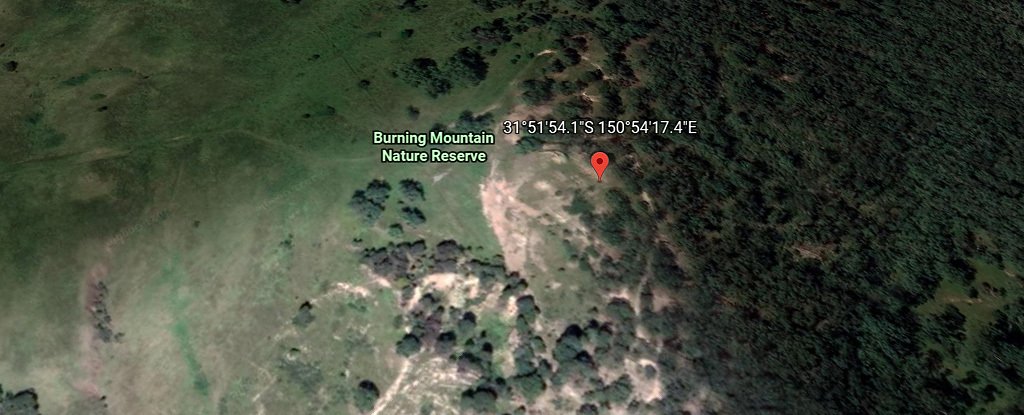
Known as ‘Burning Mountain’, the mysterious underground blaze is the oldest known fire on the planet. And some scientists estimate it may be far more ancient than we currently think.
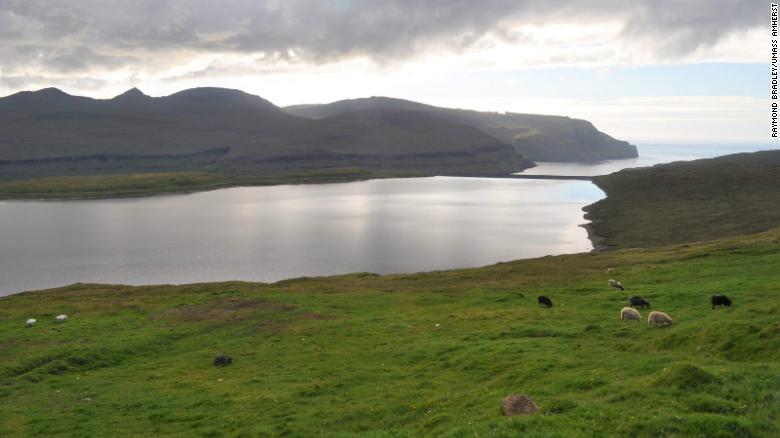
The isolated Faroe Islands were once home to an unknown population in 500 AD, about 350 years before Vikings ever arrived, according to new research. And the evidence comes from an unusual source: ancient sheep poop.

Thousands of miles away from its origin, magic happens: around 27 million tons of dust from the deserts of Africa drops out of the sky, bringing life into the ‘lungs of the planet’.
Image from: Catedral Verde – Floresta Amazonica (Wiki Commons)
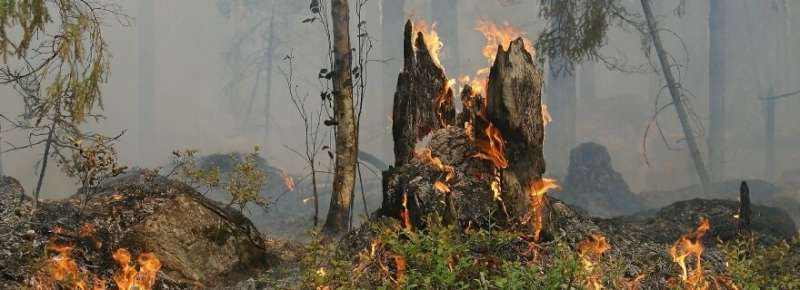
Hunter-gathers caused ecosystems to change 125,000 years ago. These are the findings of an interdisciplinary study by archeologists from Leiden University in collaboration with other researchers. Neanderthals used fire to keep the landscape open and thus had a big impact on their local environment.
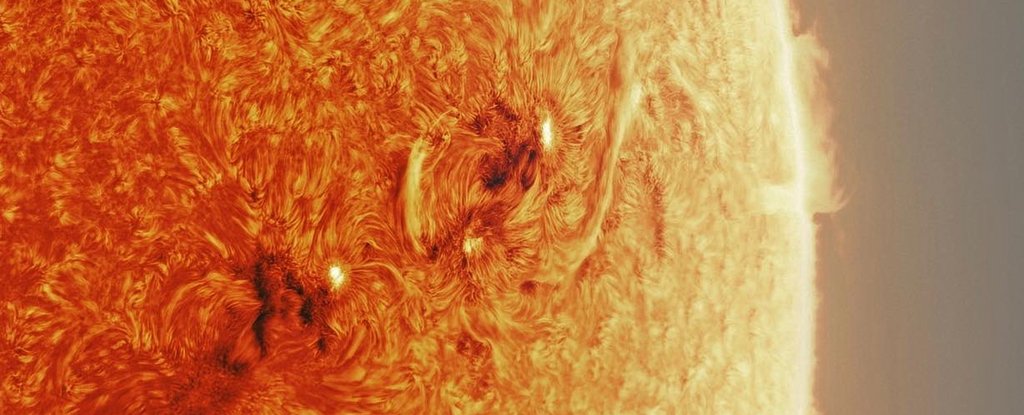
You’re looking at a 300-megapixel photo of our Sun. Astrophotographer Andrew McCarthy used a specially modified telescope, taking over 150,000 individual photos and combining them into this magnificent image.

Vast networks of microscopic, underground fungi serve a crucial role in Earth’s ecosystems — and there’s a lot we don’t know about them.
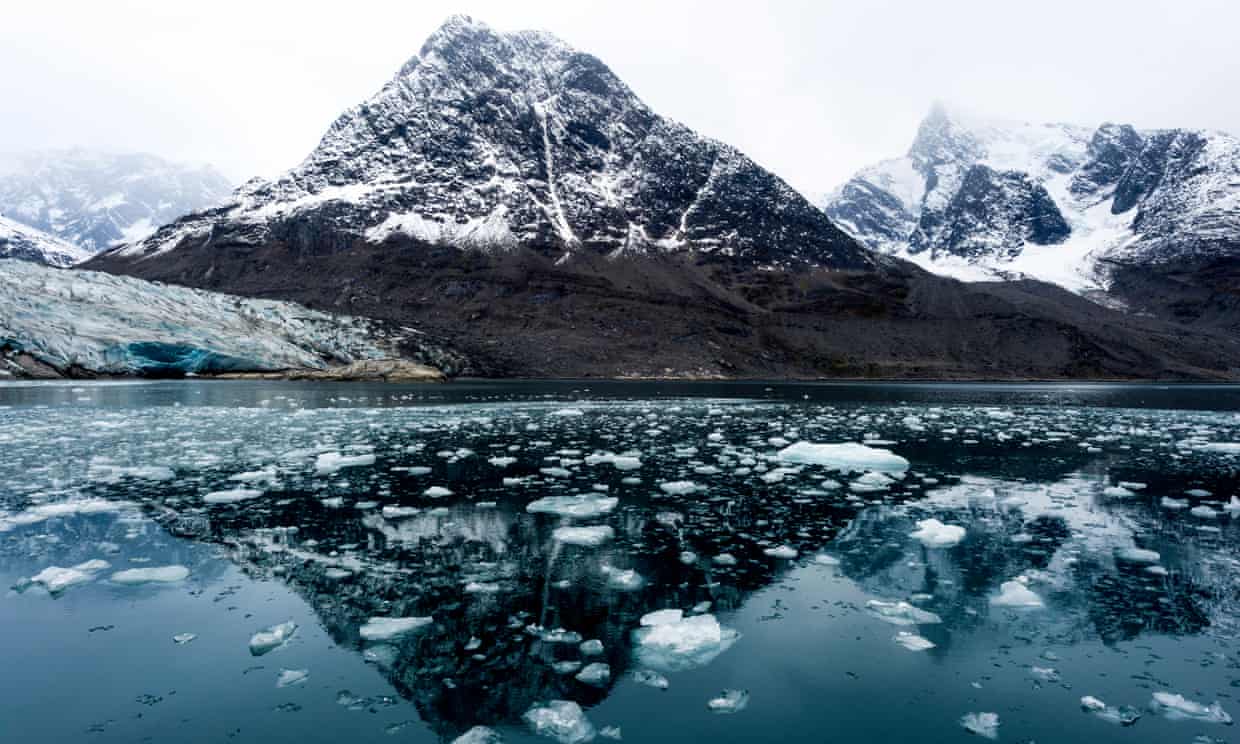
The mighty forces that created our planet’s mountains in ancient days got some unexpected help, scientists have discovered. Their research shows some of Earth’s greatest ranges got a boost from primitive lifeforms whose remains lubricated movements of rock slabs and allowed them to pile up to form mountains.

If we want to tackle the climate crisis, we need to address a global blindspot: the vast underground fungal networks that sequester carbon and sustain much of life on Earth.

A dinosaur-age fossil heralded as the first four-legged snake known to science might actually be an entirely different beastie, a new study claims.
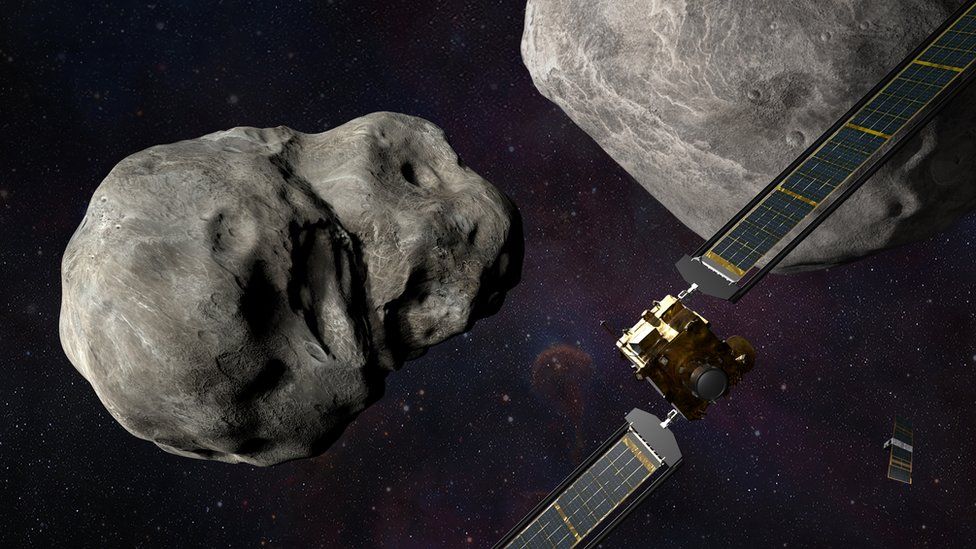
A spacecraft has launched on a mission to test technology that could one day tip a dangerous asteroid off course.
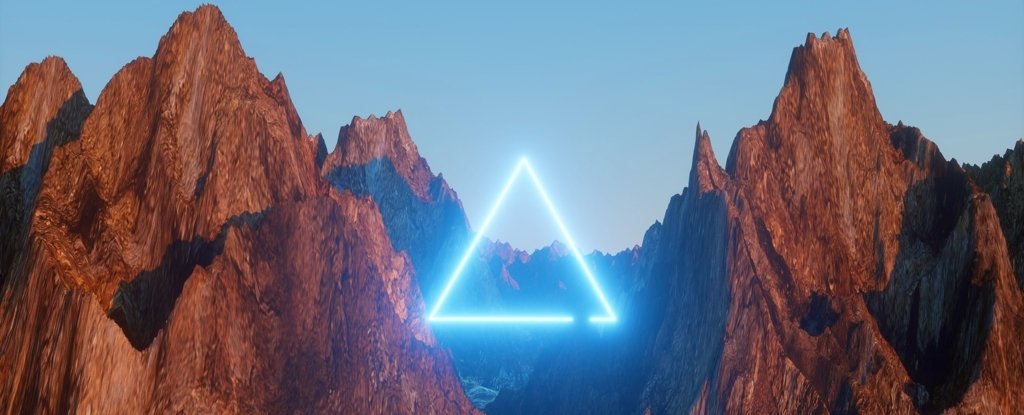
Many people think that mathematics is a human invention. To this way of thinking, mathematics is like a language: it may describe real things in the world, but it doesn’t ‘exist’ outside the minds of the people who use it.

Reciprocity with Indigenous stewards of plant medicine is one way to start…..Among the shamans of the Peruvian Andes, they have a word, “ayni,” translated as “sacred reciprocity.” Ayni is not about scorekeeping, but about keeping track. Ayni says we should partner…
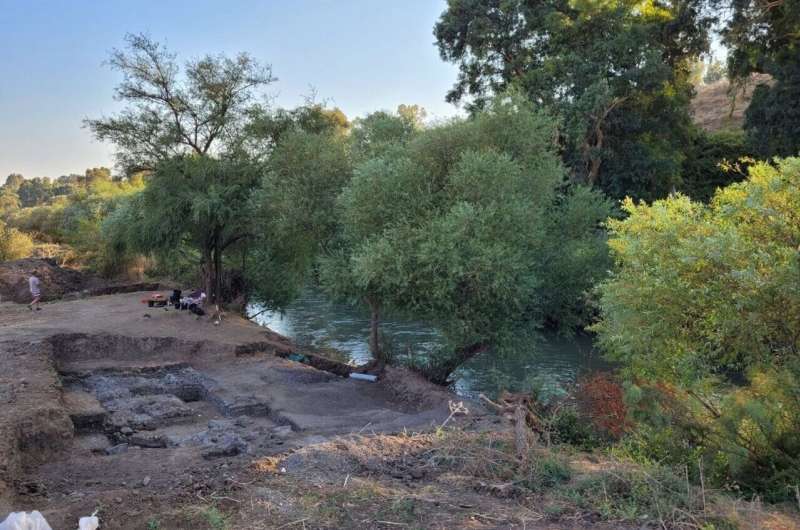
Based on the identification of plant remains, Tel Aviv University and Tel-Hai College researchers provide the first detailed reconstruction of the climate in the Land of Israel at the end of the last ice age (20,000-10,000 years before present).
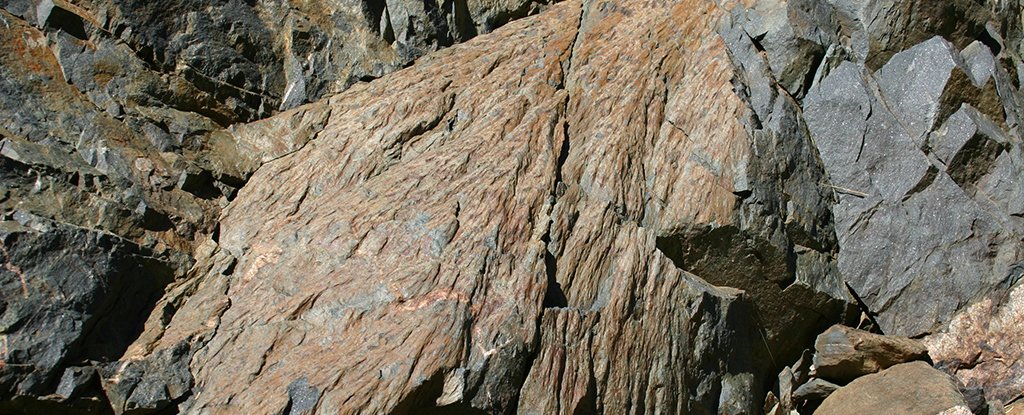
Meteor impact sites might seem like easy things to recognize, with giant craters in Earth’s surface showing where these far-flung objects finally came to a violent stop. But it’s not always that way.

Physically speaking, our Universe seems uncannily perfect. It stands to reason that if it wasn’t, life as we know it – and planets, atoms, everything else really – wouldn’t exist.








